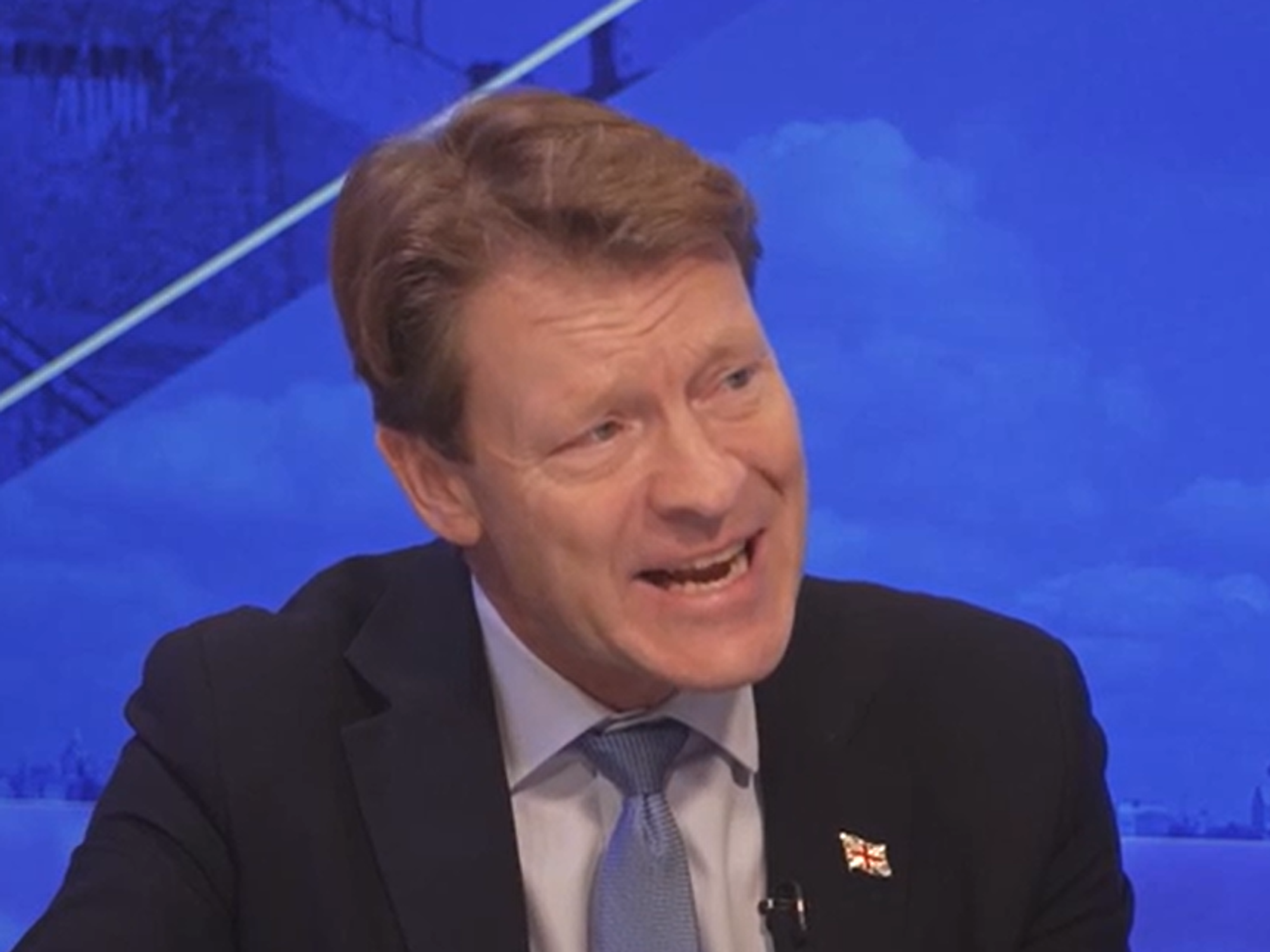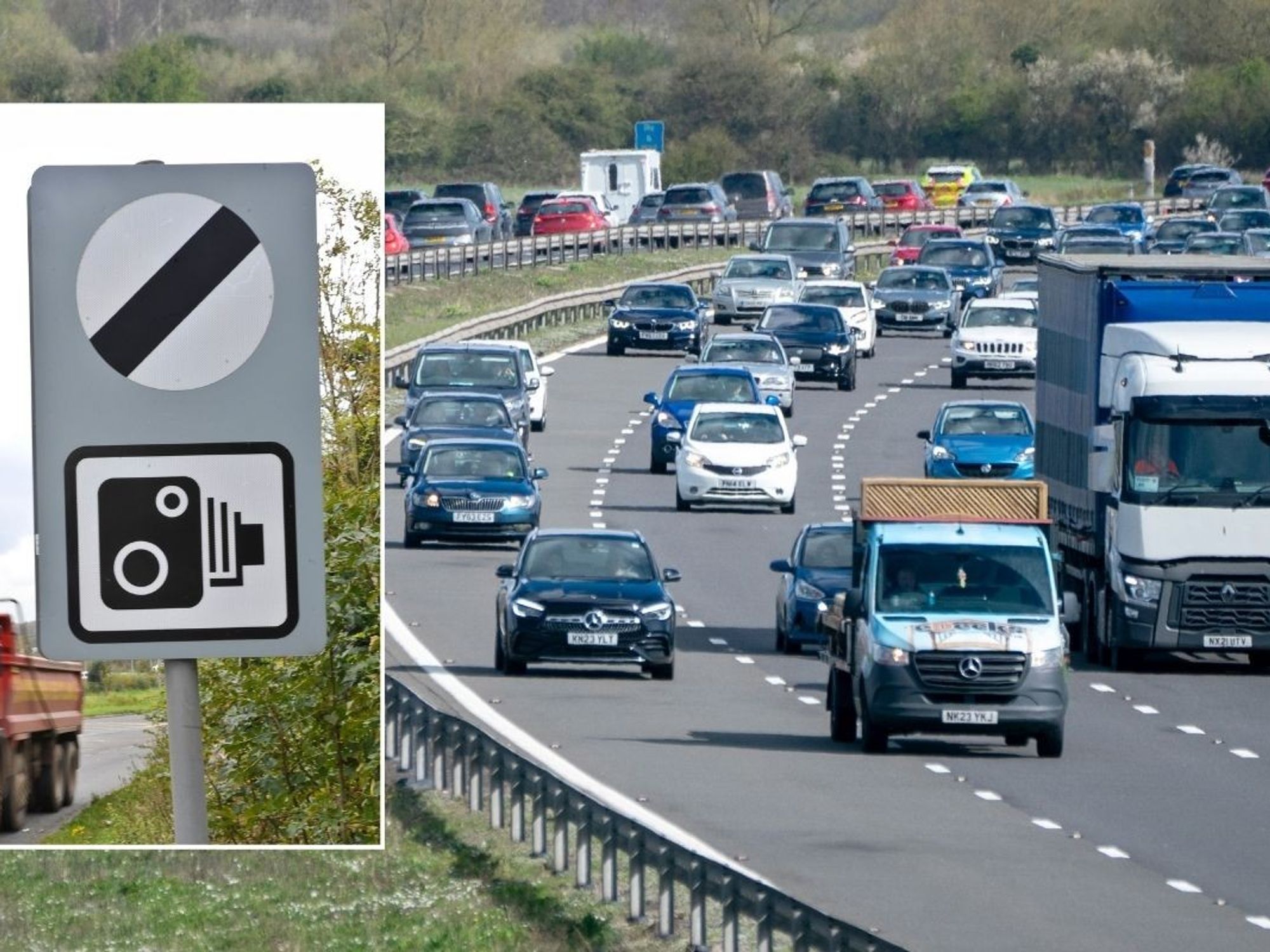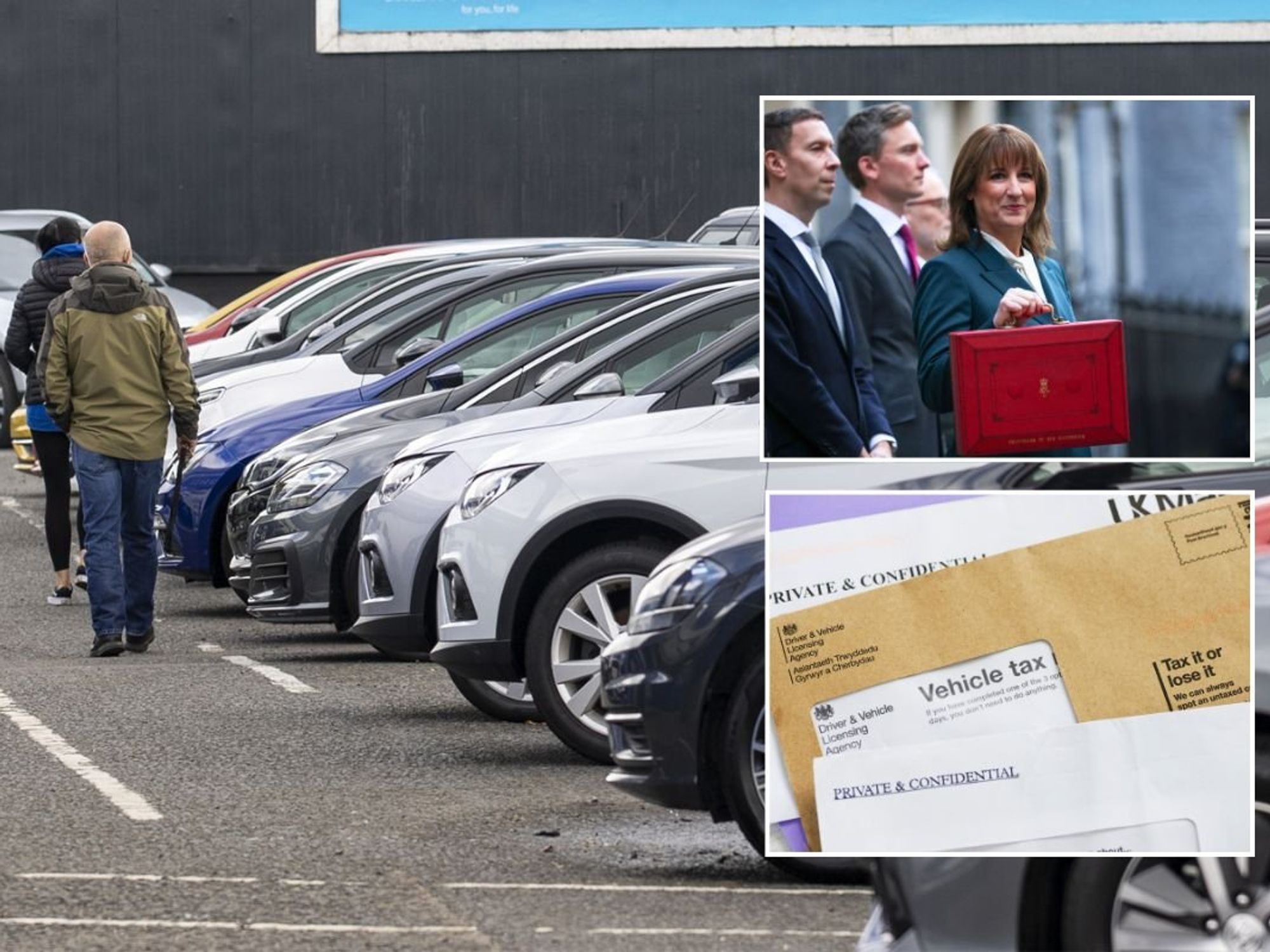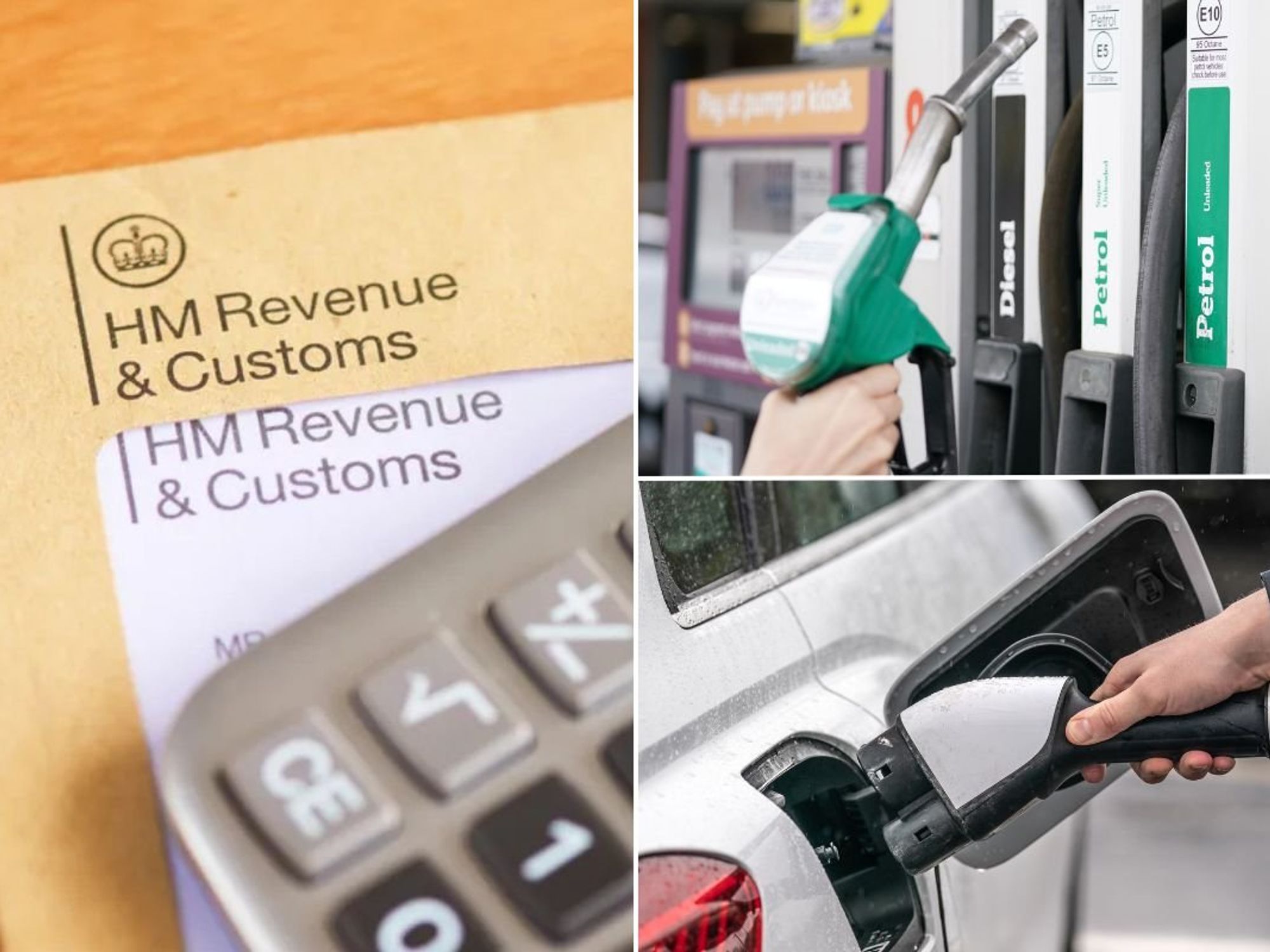Electric car 'charge rage' warning issued over fears incidents could become more common

There are more than 53,000 electric car chargers around the UK
Don't Miss
Most Read
Latest
Drivers are being reminded about how to act when charging their electric cars over fears that some motorists could engage in dangerous or questionable behaviour at charging stations.
Instances of “charge rage” were seen last Christmas with some drivers queuing for more than three hours at public chargers around the country.
Videos on social media showed a number of Tesla vehicles waiting at Tebay services on the M6 motorway, with some calling the situation “bedlam”.
It prompted many to call for a code of conduct on electric vehicle charging to ensure motorists do not lose their temper and remain calm when waiting for an open space.
WATCH NOW: Mike Parry slams electric cars
Mike Potter, CEO at DriveElectric, called on EV owners to act sensibly when waiting to charge, suggesting that etiquette should be prioritised.
This includes safe charging, moving on as soon as they finish charging and only charging when necessary if the car is almost empty.
When an electric car is plugged in, the rate of charging will slow dramatically once it reaches 80 per cent when using a rapid DC charger.
He said: “With electric vehicles becoming the norm, lots of drivers new to electric cars are hitting the road and charging stations.
“There’s a few do’s and don’ts that everyone should keep in mind when using a public EV charger.”
Mike Potter warned drivers against leaving notes on vehicles unless it is absolutely necessary, such as if a petrol or diesel vehicle is parked in an EV space.
He said: “If you do need to leave a note – be polite. If the charging spot you counted on using is ICEd then leave a note on the windscreen explaining the predicament. The note can be firm, but should be expressed in polite language.”
Under Rule 239 of the Highway Code, drivers must ensure that they park close to the charger and avoid creating a trip hazard for pedestrians. They should also put the cables back neatly when they have finished charging.
The expert added that most EV drivers will need to use the public network, even if it is not their main form of charging.
They may have a home charger or charge their car at work, but on longer journeys, they may need to rely on a public station to help them get further on their way.
According to data from Zapmap, there are more than 53,000 electric vehicle charging points around the country, across almost 31,000 different locations.
At the end of November 2023, the new data represented a significant 46 per cent increase in the total number of charging devices compared to the same time last year.
The UK also saw the installation of the 10,000th high-powered charging point earlier this month.
The significant milestone of 10,000 rapid and ultra-rapid EV charger was installed at Sedbergh Leisure Centre in Bradford and will be operated by the GeniePoint charging network.
LATEST DEVELOPMENTS:
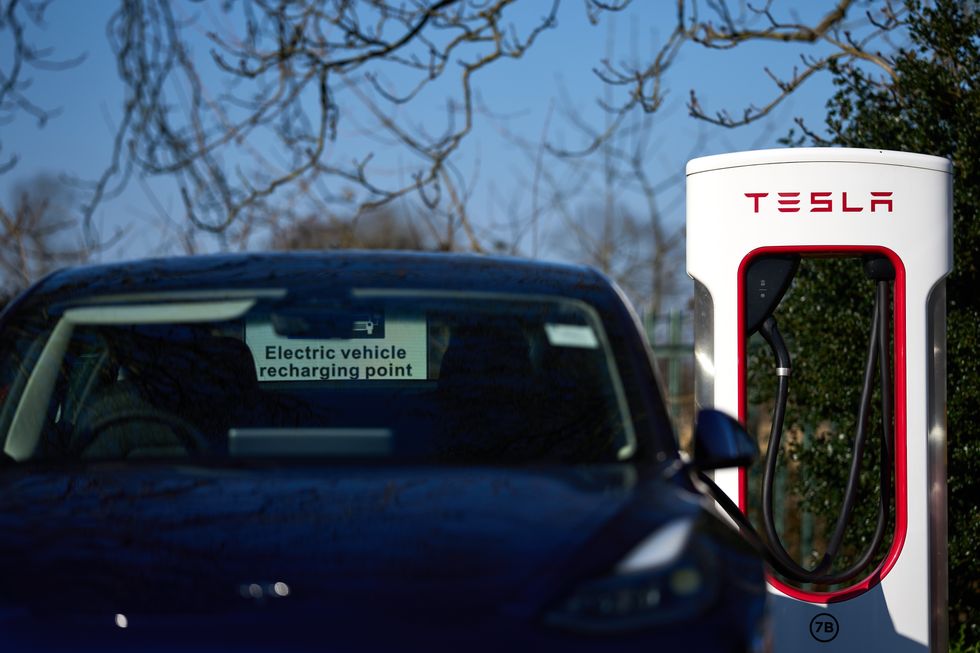
A number of Tesla EVs were forced to wait for three hours to charge their vehicles last December
|PA
Melanie Shufflebotham, co-founder and CEO of Zapmap, said the new developments of EV charging infrastructure would give drivers a huge boost in confidence to invest in electric.
She added: “Having surpassed 8,000 rapid and ultra-rapid devices as recently as May 2023, it’s fantastic to see this latest milestone arrive just in time for Christmas.”






